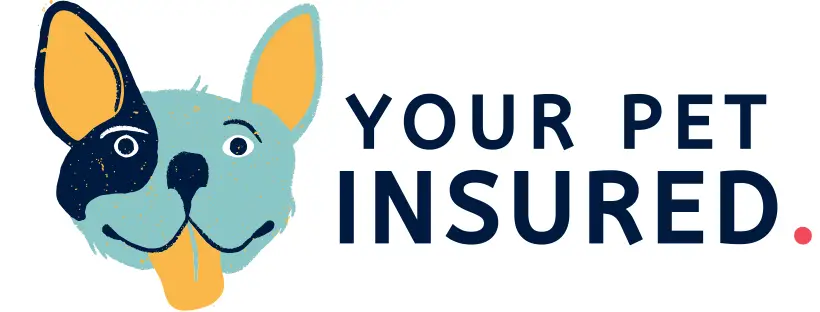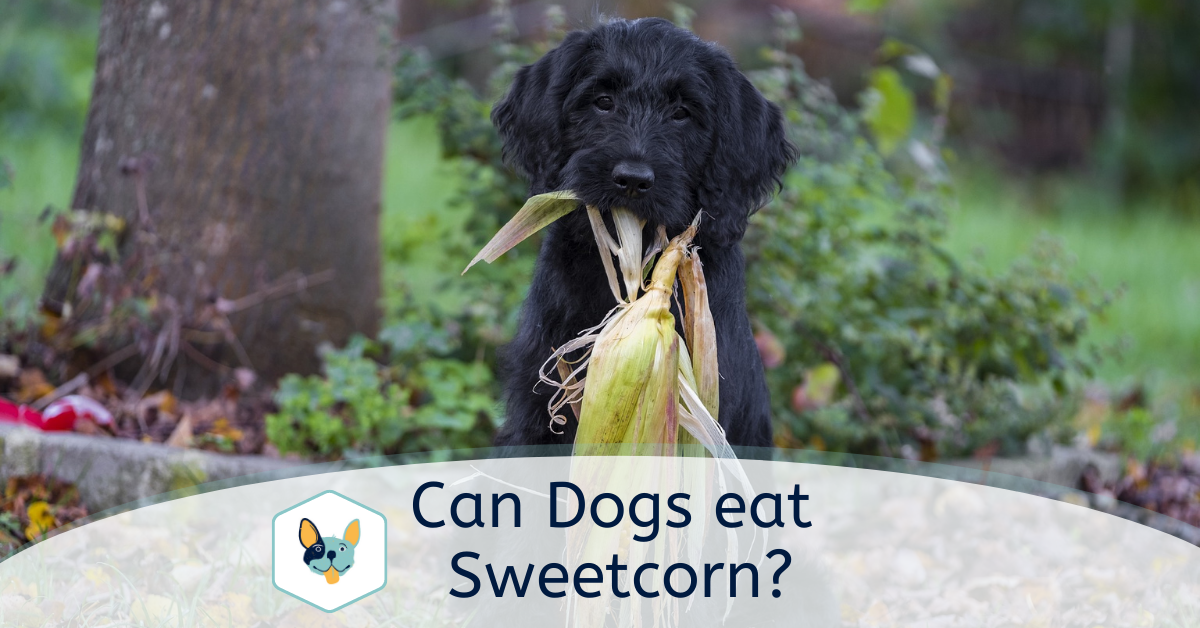Can Dogs eat Sweetcorn?
Yes, dogs can eat sweetcorn. Sweetcorn contains high protein, good fats and lots of micronutrients that are all good for your dog’s health. As long as the corn has been taken off the cob, fresh sweetcorn is a perfectly safe option for your dog.
Don’t be alarmed if you see sweetcorn kernels left in your dogs stools. Similar to humans, sweetcorn kernels don’t always break down fully when your dog digests them.
In most cases dogs do like the taste of sweetcorn, but it isn’t an essential part of a dogs diet. Your dog won’t be missing out nutritionally by not having sweetcorn in his diet. Because of this, sweetcorn is great as an occasional treat for your dog but should not make up a significant part of their diet.
If your dog is sensitive to cereals or grains it is best not to include sweetcorn in their diet.
Is Sweetcorn Good for Dogs?
Sweetcorn does have some health benefits for dogs. Corn is high in fiber, protein and vitamin C and contains minerals that are helpful for your dogs eye health. So, sweetcorn can definitely be good for dog.
Sweetcorn is also very high in sugar. So, although it is perfectly safe for your dog to eat sweetcorn, and there are added health benefits, there are definitely healthier options.
For this reason it is best to leave sweetcorn as a treat for your dog and not a staple in its diet.
Note: Never add any seasoning or butter to sweetcorn that you are planning to feed your dog.
Can Corn be Dangerous for Dogs?
In general, fresh sweetcorn shouldn’t be harmful to your dog’s health, but there are some things to look out for.
Allergies – If your dog becomes ill from eating sweetcorn they may be having an allergic reaction. In this case you should seek the advice of a vet.
Tinned sweetcorn – Tinned sweetcorn has added salt that may dehydrate or even poison your dog. Do not feed your dog tinned sweetcorn.
Corn on the Cob – Never feed your dog an entire ear of corn with the cob included. Dogs cannot break down corn on the cob if ingested. The cob can be a choking hazard to your dog, or if swallowed can cause internal damage.
Can Dogs eat Tinned Sweetcorn?
Although sweetcorn is widely recognised as being safe for dogs to eat, tinned sweetcorn should never be given to your dogs. Tinned sweetcorn is high in salt and could dehydrate your dog. High quantities of tinned sweetcorn could even result in your dog getting sodium poisoning.
Tinned sweetcorn also has a lower nutritional value than fresh corn so it is best to avoid this entirely as an option for your dog.
Can Dogs eat Frozen Sweetcorn
Frozen sweetcorn is a better option if you would like to add corn to your dogs diet. Frozen sweetcorn doesn’t have the same salt content as tinned sweetcorn but is still high in sugar. Because of this it is best to keep sweetcorn as an occasional treat rather than a staple in your dogs diet.
Can Dogs eat Baby Sweetcorn?
Although baby sweetcorn also has a cob, the cob is not fully developed and can be digested. Because of this, baby sweetcorn can be eaten by dogs without risk.
Can Dogs eat Corn Husks?
Corn husks themselves are not toxic to dogs but are not easily digested. Because of this your dog may experience digestive issues if they have eaten corn husk. If your dog has eaten a corn husk it is best to consult your vet to ensure the husk is not blocking your dog’s intestine.
What to do if your Dog eats Corn on the Cob?
As previously mentioned, dogs cannot eat corn cobs because they can’t break it down and it may cause intestinal problems.
If your dog has eaten a corn cob and is showing signs of illness or discomfort it is best to take a trip to the vet immediately.
Depending on the size of the corn cob and the severity of the blockage there are a number of treatments available to your dog. If your dog has swallowed a small fragment of corn cob your vet may be able to remove it with an endoscopy. If the blockage is more serious your dog may need to have surgery to remove it.

